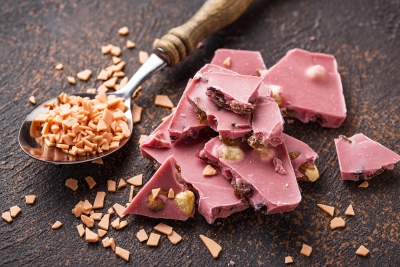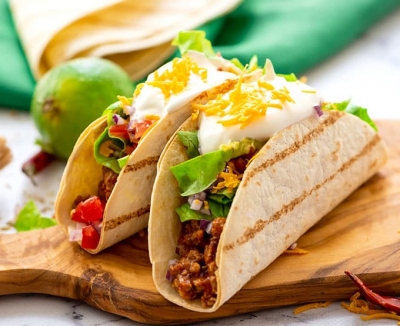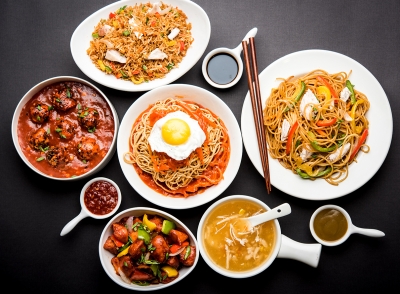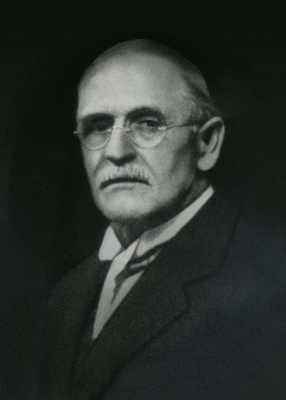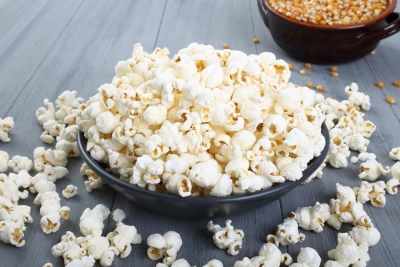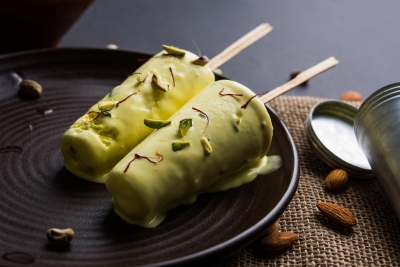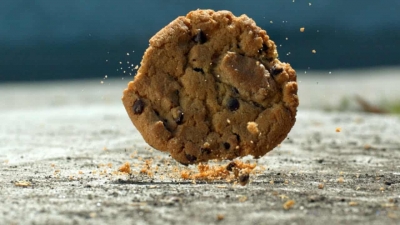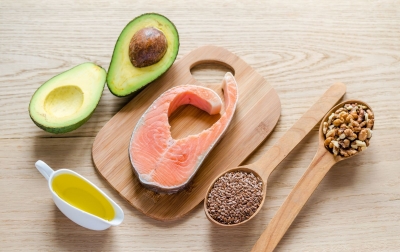Which are some monstrous food challenges?
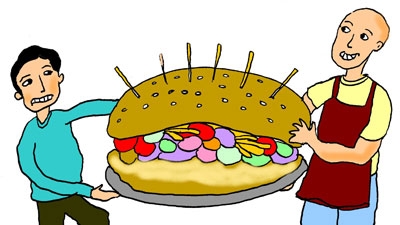
Think you and your friends have such a vociferous appetite that you can eat a mountain of food easily? Think again! This month we're going to delve into the fantastic world of the most outrageous food challenges that have shaken up the most passionate eaters among us.
This can be quite long
A good sandwich is one that is big and filling. However, a 27-inch long sandwich weighing 12 pounds is a bit too much, especially when one person has to finish it. It is loaded with fatty goodness - cheese steak, cheese burgers (what?), bacon, chicken, pastrami, mozzarella cheese, fried eggs, onion rings, jalapenos poppers, chili, marinara sauce and a fat sauce, whatever that is. More than 800 people have tried it, but only two have succeeded, and both were professional eaters. You get the $50 burger for free if you succeed to eat it in 40 minutes and also the chance to name one of the sandwiches on their menu.
The 'Boss' of all burgers
Bring along the ten best foodies you know and the bet is that you'll still not be able to polish off this mammoth burger in an hour. Weighing 105 pounds (that's about the weight of a baby rhino) and measuring 28 inches in diameter and standing majestic and tall at 11.5 inches, this burger is not only the world's biggest, it is also an unconquered beast! The prize money of $5000 has eluded all so far.
Bet you thought this is a food challenge for kids. Nope! It's so called because the mighty breakfast weighs about as much as a little kid. Burp! So let's see what's in it: Only 9 pounds of bacon, sausages, mushrooms, potatoes, black pudding, beans, bread, eggs, tomatoes and hash browns. Just 6000 calories! Pack it all into your stomach in under an hour, and a free meal is all yours. Any takers?
Taste the heat
While most food contests rely heavily on size, this genius challenge is all about how much heat you can handle. Twenty minutes is allotted to polishing off this moderate-sized pizza and licking the plate and your fingers clean. This shouldn't be so tough but turns out that the pizza is packed with fresh jalapenos, habaneros and ghost peppers! In case you didn't know, ghost peppers are the spiciest chillies in the world, right on the very top of the red hotness scale! The hosts of this challenge are kind enough to let you have a glass of water, but no napkins allowed. For a mention in the Hall of Flame, a T-shirt and free soda for life, are you game for this?
A true 'Bomb' of a meal
Can you stomach this? The 'Bomb' is a massive pile of meat rolled into a big loaf of bread and if that isn't enough, wrapped up neatly in bacon! Since just eating this doesn't seem like a big deal, you'll also have to gobble up a bowl of fries to prove that you're a boss. If you finish this in 45 minutes, you get immediate access to the Hall of Fame and a free T-shirt. Best of all, the cost for your 'Bomb' meal will be completely waived!
All the ice cream you want
An ice cream challenge is no big deal, right? Doesn't it just gracefully slide down your throat and plop straight into your stomach? Eight scoops of ice cream in your choice of flavour with eight different toppings sounds like heaven. But add big dollops of whipped cream and three bananas to it and suddenly it makes your knees go weak. Eat it in under an hour, and you get free ice cream for a year.
Picture Credit : Google
